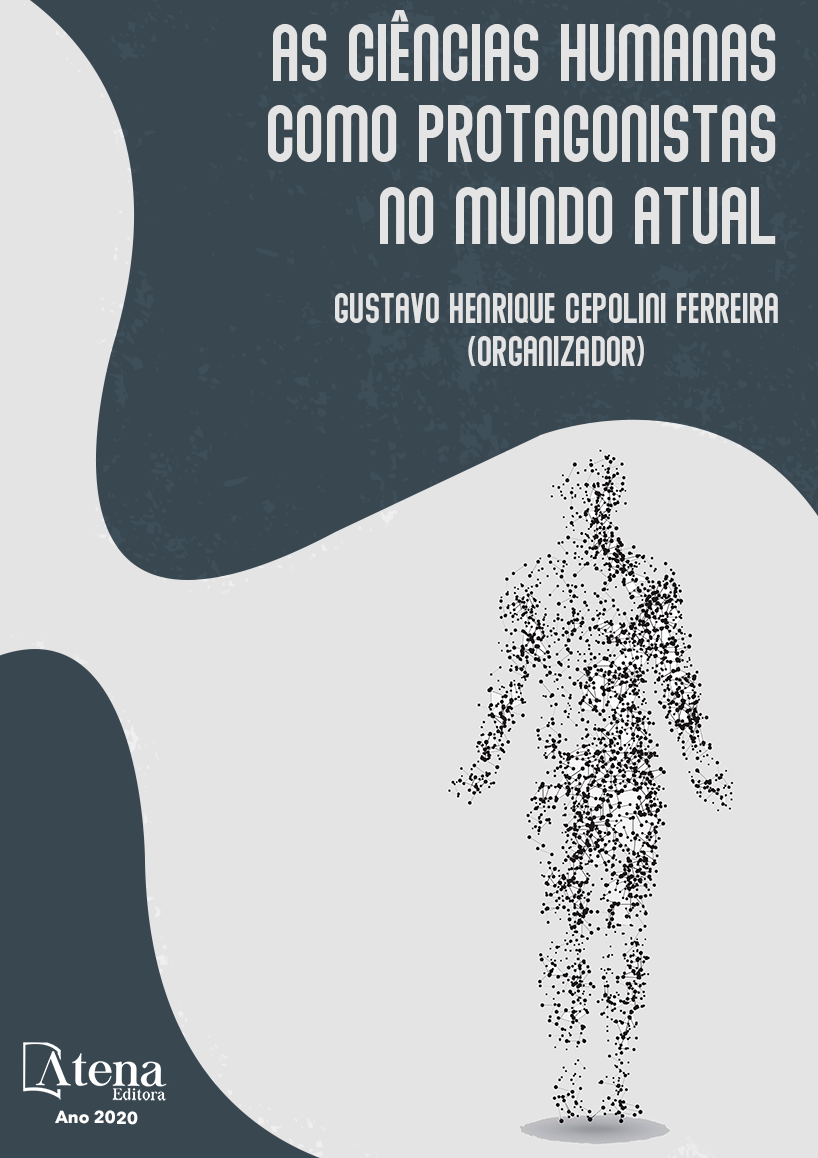
COMPREENSÃO DOS SENTIDOS ATRIBUÍDOS AOS ATOS DE VIOLÊNCIA EM UMA EXPERIÊNCIA DE INCLUSÃO ESCOLAR
Pretende compreender as experiências de violência que incidiram na trajetória de inclusão escolar de uma jovem negra, com deficiência visual e auditiva. Parte da reflexão sobre a complexidade da inclusão como um processo contínuo de gestão de conflitos oriundos das relações tensionadas entre as expectativas normativas e o direito às possibilidades de expressão humana. A escola deve assumir a responsabilidade sobre o processo de produção e enfrentamento da violência no seu contexto por meio de ações inclusivas que contemplem a interlocução e busca de sentidos dos discursos com os atores sociais. Para melhor compreensão dessa história de inclusão e desvelamento das controvérsias dos sentidos atribuídos aos atos de violência, utiliza as contribuições da metodologia (auto)biográfica para possibilitar o alargamento da interpretação das narrativas. Dialoga com autores como: Ferrarotti (1988), Abramovay (2005), Adorno (1995), Goffman (1998), Crochik (2011). Aborda alguns conceitos que configuram a inclusão e a violência como uma produção psicossocial: preconceito, violação de direitos humanos, bullying, estigma, diversidade. Portanto, essa narrativa não apenas emite críticas à violência institucional, mas aponta alguns caminhos para a luta pelo direito à diferença e busca de construção de educação inclusiva, onde o respeito à diversidade torna-se condição imprescindível para a formação humana da juventude.
COMPREENSÃO DOS SENTIDOS ATRIBUÍDOS AOS ATOS DE VIOLÊNCIA EM UMA EXPERIÊNCIA DE INCLUSÃO ESCOLAR
-
DOI: 10.22533/at.ed.57520220517
-
Palavras-chave: Inclusão escolar. Violência. Juventude.
-
Keywords: School inclusion. Violence. Youth.
-
Abstract:
It intends to understand the experiences of violence that affected the trajectory of school inclusion of a young black woman, with visual and hearing impairment. Part of the reflection on the complexity of inclusion as a continuous process of conflict management arising from the tensioned relations between normative expectations and the right to the possibilities of human expression. The school must assume responsibility for the process of producing and coping with violence in its context through inclusive actions that include dialogue and the search for meanings in discourses with social actors. For a better understanding of this history of inclusion and unveiling the controversies of the meanings attributed to acts of violence, he uses the contributions of the (auto) biographical methodology to enable the broadening of the interpretation of the narratives. Dialogue with authors such as: Ferrarotti (1988), Abramovay (2005), Adorno (1995), Goffman (1998), Crochik (2011). It addresses some concepts that configure inclusion and violence as a psychosocial production: prejudice, violation of human rights, bullying, stigma, diversity. Therefore, this narrative not only criticizes institutional violence, but points out some paths for the fight for the right to difference and the search for the construction of inclusive education, where respect for diversity becomes an essential condition for the human formation of youth.
-
Número de páginas: 15
- Magdalânia Cauby França


